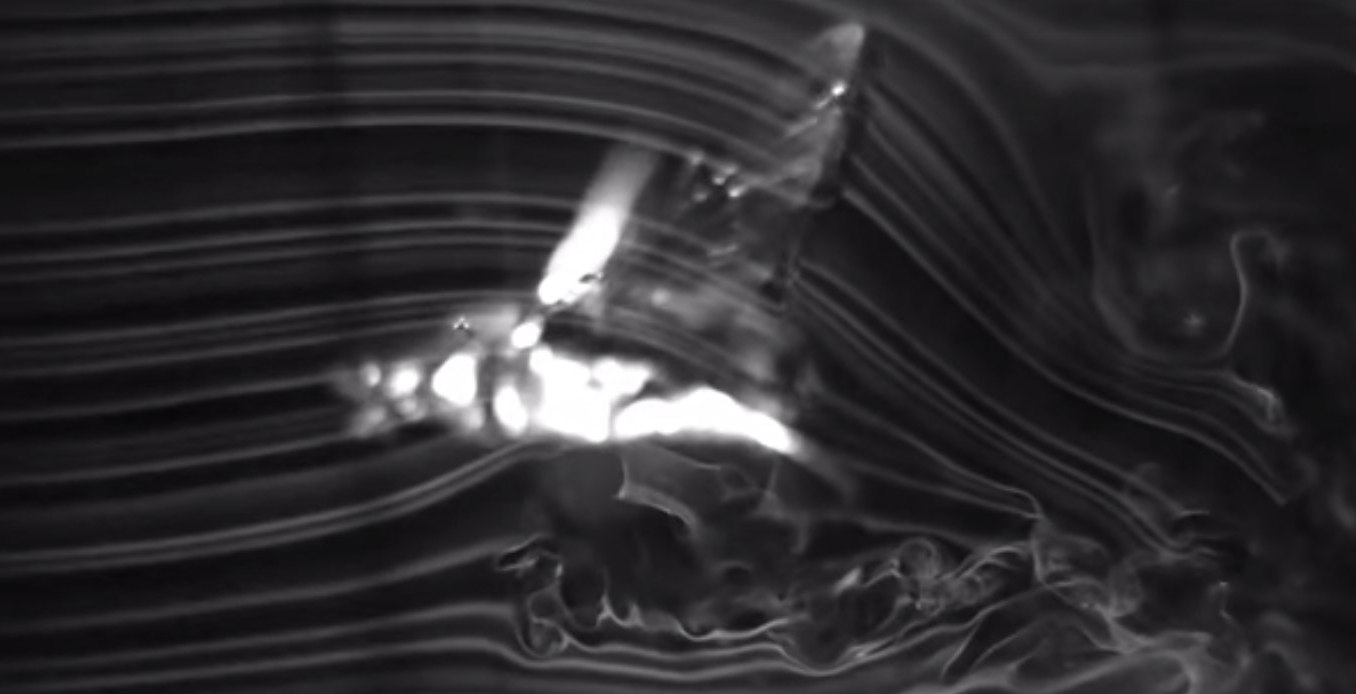Animals as diverse as mammals, birds and insects use odors to find mates, hosts and food sources. This is a difficult task because natural odors occur in complex turbulent air plumes and the relevant target odors intermingle with plumes of multiple background odors stemming from a variety of natural and anthropogenic sources (vegetation, exhaust fumes, etc.).
It is essential for animals to be able to separate target from background odors. We hypothesize that animals may use temporal information from natural odor fluctuations to achieve odor-background segregation, as odorants from the same source fluctuate together in synchrony, while odorants from different sources do not.
Behavioral studies have shown that insects can indeed use fast temporal stimulus cues but it is not yet known how the brain accomplishes the difficult task of odor-background segregation. In this project we will investigate the neural mechanisms of odor-background segregation using the honey bee as model organism.
Honey bees visit many different flower species for nectar and pollen. However, over a series of trips an individual forager bee only visits a single flower species on which it has found nectar previously, a phenomenon called floral constancy. To localizes the target flowers in a natural environment bees use several cues, including odors. As the bee is challenged by multiple background odors in every flower patch, bees must be equipped with efficient mechanisms of odor-background segregation.



